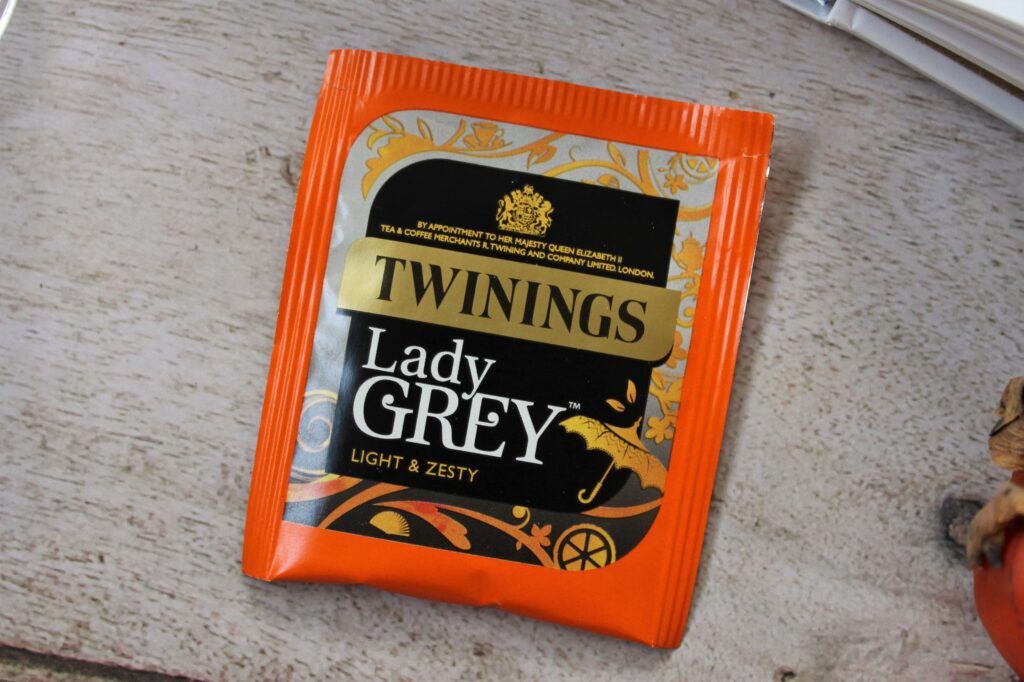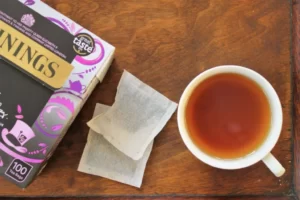For subscribers to our blog, you will know tea is often the cornerstone of Izzy’s content and she has a deep passion for all things tea related. So, it might surprise you that I am writing about Twinings instead of her.
I can’t claim the same level of fervour for tea, although I do enjoy it occasionally, but I do love a historical story. And Twinings as a brand has a tremendous history that without question has shaped British culture.
You can find a great deal of Twinings tea reviews here on the blog, but for now, let’s dive into the history of Twinings and I promise, I won’t mention Stephen Fry!
The Twinings Timeline at a Glance
1706 – Thomas Twining Opens a Coffee/Tea Shop in London
1717 – Thomas Twining Expands His Shop Space
1741 – Daniel Twining Inherits the Business and Expands to International Exports
1774 – Richard Twining Lobbies the Government to Reduce Tea Taxation
1837 – Queen Victoria Gives Twinings the Royal Warrant Which it has Held Since
1899 – The First Print Advertisement for Twinings
1964 – Twinings is Bought Out by Conglomerate Associated British Foods
Thomas Twining – Where Twinings Began from Humble Origins
Thomas Twining was born in Gloucestershire, his father was a fuller by trade which is not a commonplace job anymore, but was prominent at the time, especially in the West Country. Fullers were skilled in making woollen garments. It was a respectable job, but by no means a lucrative occupation.
By age 9, Twining’s father had moved the family to London in search of better opportunities as a fuller. Like his father, Twining was pushed toward the clothing industry and was apprenticed at a young age to a weaver.
The young Twining however didn’t take to clothes manufacture and saw more opportunities in the ever-growing merchant industry that bought the Thames River to life with commerce.
This desire to become a merchant set him down the path of joining the East India Company, the most prominent British company that has ever existed. Of course, working for such a prestigious company as a merchant bought many opportunities and possibilities, including the exposure to a newly imported product – tea.
The Twinings Coffee Shop
In 1706, tea was not regularly consumed in Britain and the drink of choice was still ale. Coffee had been growing as a warm drink enjoyed by Britons and coffee shops had been established in London, often attracting wealthier individuals who could afford the exotic brew.
When working for the East India Company, Thomas Twining had been working under Sir Thomas D’Aeth, a merchant by trade but also a very well-renowned politician of the time. Sir Thomas had a coffee house that carried his name ‘Tom’s Coffee House’ at no 216 The Strand.
When tea was first imported to the UK, Twining sensed an opportunity that was too good to pass up and he made an offer to buy Tom’s Coffee House, and it would eventually be rebranded to Twining’s Tea Room – the first such place in Britain.
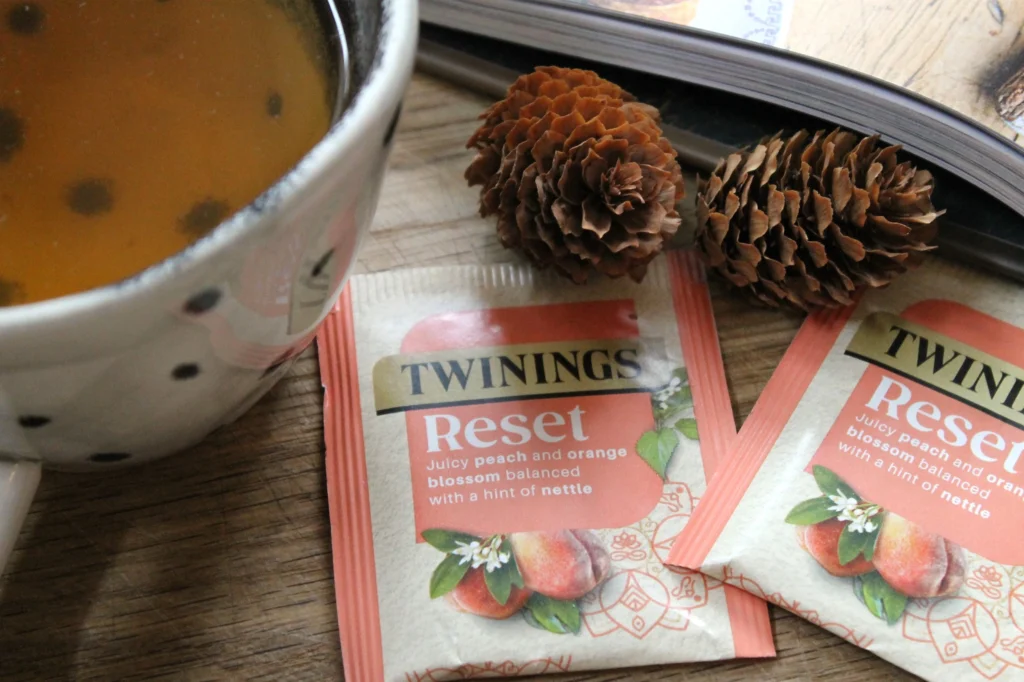
The Quality of Twinings Tea
Importing tea became a big business and over the almost three decades Thomas Twining ran his tea shop, competition emerged, sometimes fierce and oftentimes undercutting Twining’s prices.
However, Twining was no fool and knew that while he may not be able to compete on price consistently, he could always secure the best quality tea through his connections at the East India Company.
The tea shop initially would brew the tea for its patrons, but shortly after launching, Twining realised people were just as interested at brewing the tea at home and his business became dry tea heavy – rather than the traditional tea establishment he had envisaged.
Due to the fine quality of the dry tea product, people would visit 216 The Strand from far and wide, seeking wonderful blends of tea they could take home and try. It is this early success that shaped the business that Twinings would become today.
Expansion of the Twinings Shop
By 1717, Twining was selling a minimal amount of coffee, a healthy amount of brewed tea and an enormous amount of high-quality dry tea blends. His shop space proved insufficient to meet the demand and footfall.
To accommodate his booming trade, Twining expanded the shop at 216 The Strand by purchasing two additional adjacent houses and converting them into additional shop floor and storage space. This was no small feat, and the size of the expansion required shows just how important tea was becoming to the London population.
While it was forbidden for women of the time to enter coffee houses or tea shops in this case, by opening new shop space dedicated just to the sale of dry leaf tea instead of providing a drinking establishment, Twining had paved the way for women to shop at their leisure without the restrictions of the drinking houses.
A Twinings Family Business
Thomas Twining operated his tea shop for almost thirty years before passing away and as was customary for the time, the business passed down as an inheritance to his eldest son, Daniel Twining.
Daniel Twining – Oft Overlooked But Integral to Twinings
If you search around online you will find very little information about Daniel Twining, although you will find plentiful information about other Twining’s family members.
This is a shame as Daniel grew up as an apprentice to his father and used the vast amount of knowledge and his own vision for the brand to not only expand Twinings further but secure its legacy as a business beyond the confines of a single tea shop in London.
Through Daniel, Twinings began exporting their tea blends and he singlehandedly opened up tea markets across the globe for the Twinings product. Specifically, the New World or the Americas imported a vast amount of Twinings tea.
When the Boston Tea Party happened and tea was thrown from the ships into the bay in protest of British taxation, it was said the angry population were inclined to throw the cheaper tea overboard and Twinings tea was left alone.
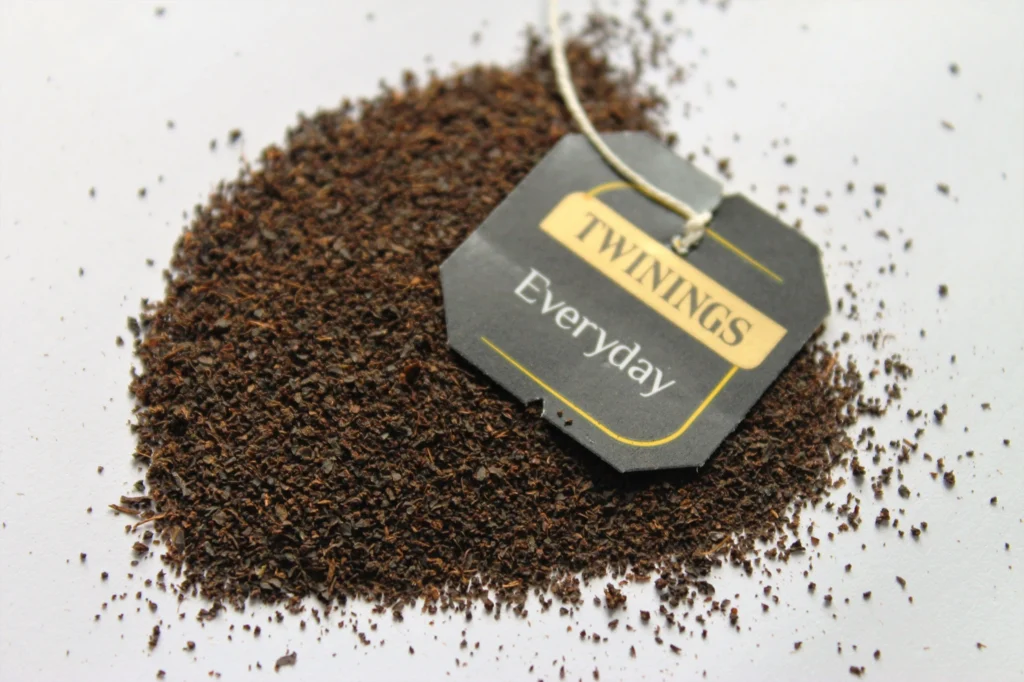
Mary Twining Inherits a Global Tea Business
Daniel Twining managed the business until his death, passing it on to his wife/widow, Mary Twining. This was highly unusual for the time, but Mary had often been front and centre of the Twinings brand while Daniel was alive and she was more than capable to carry the brand baton.
Mary essentially maintained the same moral commitment that Daniel and Thomas had established by purchasing tea from the East India Company despite increasingly punitive taxes.
Although smuggled tea had now become prevalent in London, Mary was a firm believer in acquiring only the best tea product and the sole way she could do this was by using her existing connections to verify the sourcing and quality of the tea she wanted to sell.
Richard Twining – The Twinings Brand Becomes Permanent
Until this point, Twinings had operated largely from a single shop space and had used connections in the East India Company to export their packaged tea products. The name Twinings alone was enough to signal the quality.
When Richard Twining inherited the business, he realised that a name while important is not necessarily going to provide longevity for the company – and he set about creating the Twinings brand (including the logo) as we know and love it today.
The Twinings logo has endured just as the tea company has and is the world’s oldest company logo that has been in continuous commercial use since its creation.
The taxation problem was becoming insurmountable to Twinings with the levy now in excess of 112% on tea products. Richard lobbied Prime Minister William Pitt to reduce the tax, open the market and allow competition so tea could be accessible to more people and reduce the profitability of smuggling. Fortunately, Pitt agreed, and the Commutation Act of 1774 was passed by parliament, reducing the tax 12.5%.
Earl Grey is Born – Under Questionable Circumstances
If you do a deep dive into the origins of the Earl Grey blend, you will find it is a murky mystery with provenance being sketchy at best. Perhaps that is a blog post for another day so let me know in the comments if you want me to go down that rabbit hole.
Twinings are adamant they created the Earl Grey blend and have used their clout to establish it as a core Twinings product as well as using a little revisionist history by seeking endorsement from the modern Grey family.
Irrespective of who actually invented the blend, Twinings and Earl Grey have become synonymous, and it is by far one of their most popular selling blends. In fact, since it was first launched by Twinings, it has been one of their hero products.

Royal Celebration
Queen Victoria was said to be particularly fond of Twinings tea and in 1837 granted Twinings the Royal Warrant. This meant Twinings would be the Royally designated tea brand of choice and Twinings would go on to supply Twinings tea to every successive monarch after the warrant was first established – probably much to the chagrin of other high end tea brands like Whittard of Chelsea.
While personally I can see the merits of both tea brand’s products, I do think it is fitting that Twinings retains the Royal Warrant, for their history, legacy and social impact which is unrivalled by even the most competitive high quality tea purveyors of today.
Late Nineteenth Century Social Reforms
By 1850, it became very common for brands to try and implement social reforms. Perhaps most famous is Joseph Rowntree of the Rowntree’s confectionery brand.
Ultimately, these brands had grown to large multinational enterprises and like Rowntree’s, Twinings had accumulated substantial wealth. Something that in proper Victorian society was becoming a bit taboo.
When the so-called common folk looked to figures like Joseph Rowntree and Elizabeth Twining, it was considered unseemly they carried such wealth without giving much in the way back to the communities that had so openly supported them.
Elizabeth Twining as a Philanthropist
Twinings website would have you believe that Elizabeth acted charitably out of pure altruism, however this is not really reflective of the social context of the time. By the late 1880s, there was a growing underclass of people who were not afforded the same opportunities due to the strict regulation and governance in place.
There was significant tension growing between the working class communities and those of higher wealth status. The Jack the Ripper crimes only served to show the disparity between the wealthy who were safe in their fine houses and the working classes who struggled to find bed and board each night.
Elizabeth Twining used some profit from the Twinings empire to create educational settings for destitute women and girls and also created more sanitary workhouses and poorhouses. But and this is the crucial point, Twinings very much benefited from the workhouses and also from their charitable efforts, the brand trumpets its morality as a selling point for their products.
Being objective, yes Elizabeth Twining helped push through social reforms that definitely did help some women and girls have opportunities they would otherwise have missed. This is counterbalanced of course with the sheer monetary gain Twinings as a brand made directly as a result of these interventions.
If you want a nicely dressed up story about Elizabeth Twining, Twinings have a detailed section about her on their website. But that’s not really accurate for me.

The Twentieth Century – Twinings Becomes a Modern Company
At this point, I want to make it clear that while I am obviously writing a detailed blog article about the history of Twinings, which rightly should be celebrated as a British institution, you have probably guessed by now this is in no way a promotional piece, we will take the good with the bad and the slightly questionable as we go.
In 1899, Twinings launched its first print advertising which surprisingly had not been done prior. The tea brand name recognition and quality alone had carried the company until this point.
But by the turn of the century, other tea companies were emerging that also supplied extremely high quality tea – as mentioned earlier Whittard of Chelsea was one such company and positioned themselves as direct competition to Twinings.
For the first time as the market opened up and trade routes were firmly established, Twinings found itself needing to compete.
The War Years and Twinings Tea
While Earl Grey arrived under mysterious circumstances, Twinings can definitely be credited with the Breakfast Tea blend that has become extremely popular. By the inter-war years, products like bacon and sausages were becoming a breakfast staple and Twinings realised they had an opportunity to create a robust full-bodied Breakfast Tea to compliment the new dietary trends.
And thus, Twinings Breakfast Tea was born in 1933. I was surprised when researching this article, how Breakfast Tea is a relatively modern blend, expecting it to date back much further. We like pleasant surprises though; it makes life interesting.
During World War II
When the world was once again plunged into war, there were many tea brands established in the UK and Twinings was too expansive a product to supply troops on the front line when there were other tea brands that focused on quantity over quality.
Twinings did however supply tea in rations for prisoners of war through the Red Cross and also the Women’s Voluntary Service (WVS).
Tea rationing had been implemented, seriously reducing the amount of tea a British household could purchase, and this would prove extremely damaging for companies such as Twinings and Whittard for decades to come. In fact, Whittard would eventually find themselves in bankruptcy because the attitude to tea consumption was so diminished by the rationing during the war.
In short, people had become accustomed to drinking less tea – significantly less tea.
Twinings loses its Family Business and Whittard Bankruptcy
In 1964, Twinings was in a vulnerable position. Financial income had drastically reduced in the post war years and other brands that were historically lower quality were beginning to source better quality teas at a more affordable price point.
The family decided to sell the company to Associated British Foods, a multi-industry conglomerate that owns the likes of Primark, Kingsmill and British Sugar.
In 1973, Whittard also went from family ownership to being owned by another company. Whittard’s journey would be fraught with financial difficulty and by the 2008 financial crash, it had gone bankrupt.
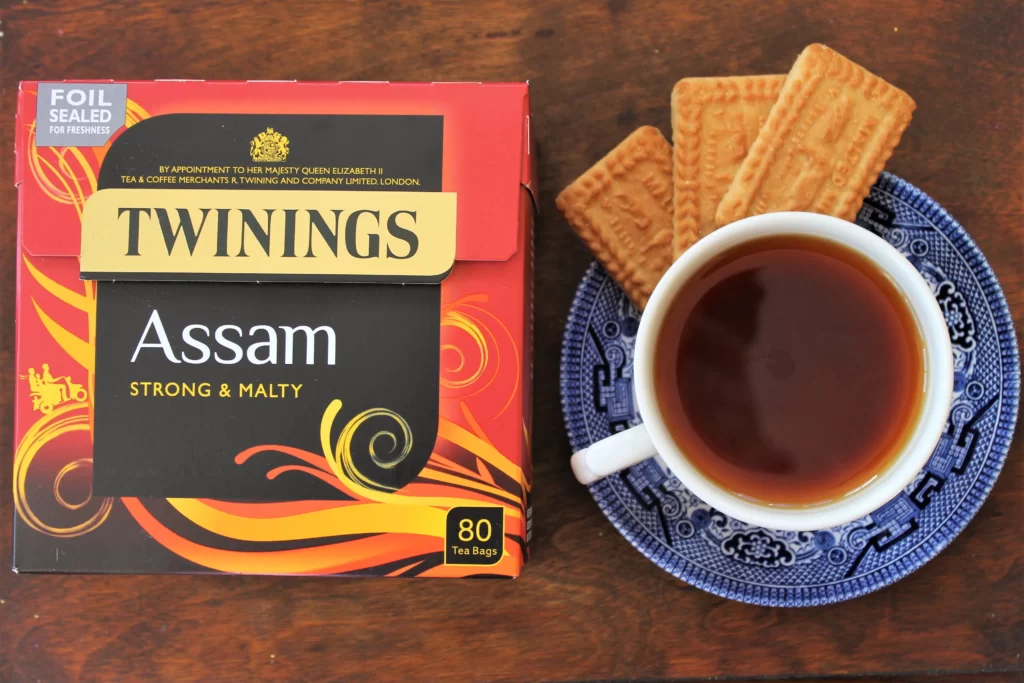
Twinings Today
The Twinings brand today tries to tread the fine line between high quality blends, reputation and price point. Whittard now focuses primarily on the high end luxury tea market, but Twinings aims to still maintain its original place as the nation’s preferred cup of tea.
For this reason, some blends have been discontinued or changed in cost-cutting measures, while famous blends like Earl Grey and English Breakfast Tea remain unchanged.
The price point of Twinings is actually extremely reasonable considering they still try their best to maintain good tea quality in a now oversaturated and competitive market.
To say the tea quality remains as high today as it did a hundred years ago, is probably dishonest, but the company has had to adapt to a changing world and given its humble origins, it has really shone through as British cultural brand.
It’s for this reason and this reason alone, you should pay that little bit more and enjoy one of Twinings signature blends whenever you can. So, in another 300 years’ time, another blogger like me can be sat smiling at their laptop with a cup of Earl Grey to hand, writing about a brand that defined Britain in a largely positive way.
You May Also Like to Know
Which Tea is Better Twinings or Whittard’s?
Today, Twinings is a slightly more expensive supermarket tea brand that still tries to maintain high quality standards. Whittard’s of Chelsea however are focused more on luxury tea blends at higher price points in general.
There is no right or wrong answer to this, both companies make excellent tea blends and some not so great tea blends. It will largely come down to personal preference.
You can find reviews for both Twinings and Whittard by Izzy on our blog.
What Are the Most Popular Twinings Blends?
By far the two most popular Twinings blends are Earl Grey and English Breakfast Tea, however Twinings have a range of additional great tea blends you can find reviewed by Izzy on our blog, so feel free to click about and discover more!
Does the Twinings Shop Still Operate Today?
Yes, the original shop at 216 The Strand is still in existence and operates as a Twinings shop today. It has changed in its services over the centuries, focusing more now on dry tea products and Twinings history and merchandise, as opposed to the original coffee/tea shop it was opened as.
What is the Twinings Museum?
Located at 216 The Strand, the Twinings Museum is a free to enter (although rather small) museum dedicated to showcasing the history of the brand. It contains plenty of tea memorabilia from years gone by including packaging, advertisements and other Twinings family related documents and history.
Probably not at all worth it for a planned day out due to its small scale and limited exhibits, it is however very worth a ten minute drop in if you’re visiting the original Twinings shop.
Where is the Apostrophe in Twinings?
It should be there, after all the company is named for its founder Thomas Twining. It should either read Twining’s or Twinings’ if you want to look at the family company as a collective. Yet it isn’t there and I could not find any reason why in my research for this article.
If anyone has the answer, please do solve this mystery for me in the comments about Twinings lost apostrophe. Was it removed? Was it even there to begin with?

